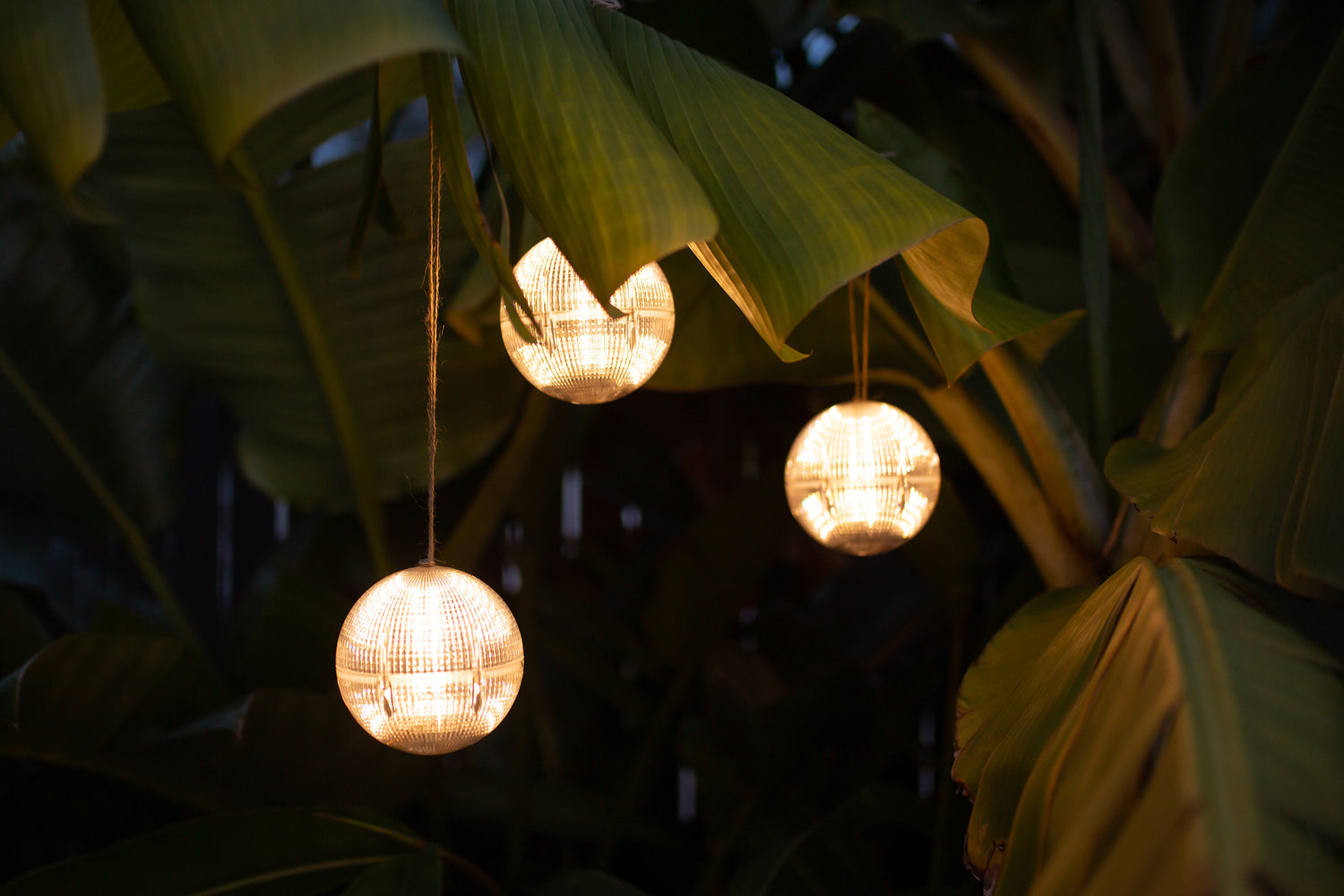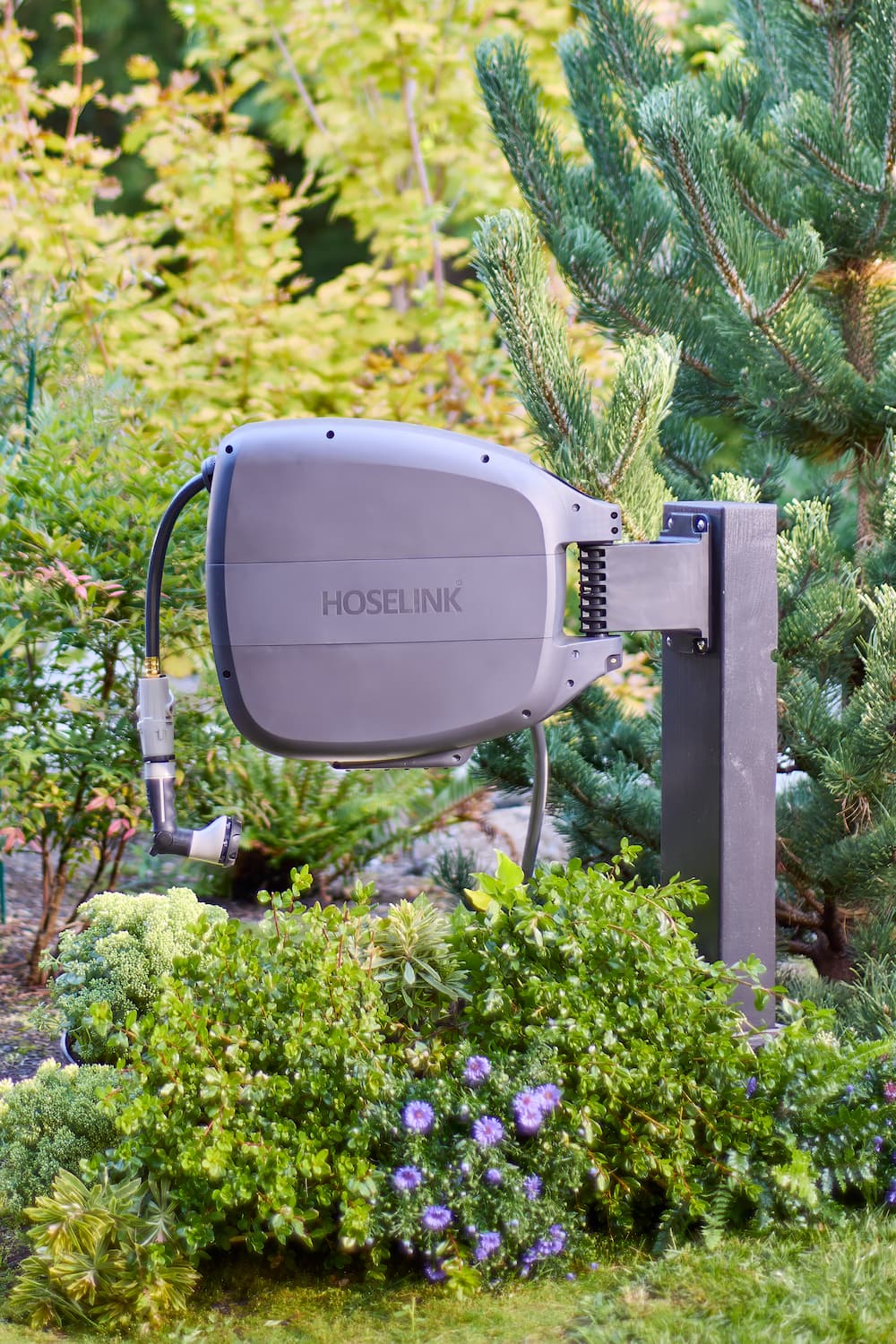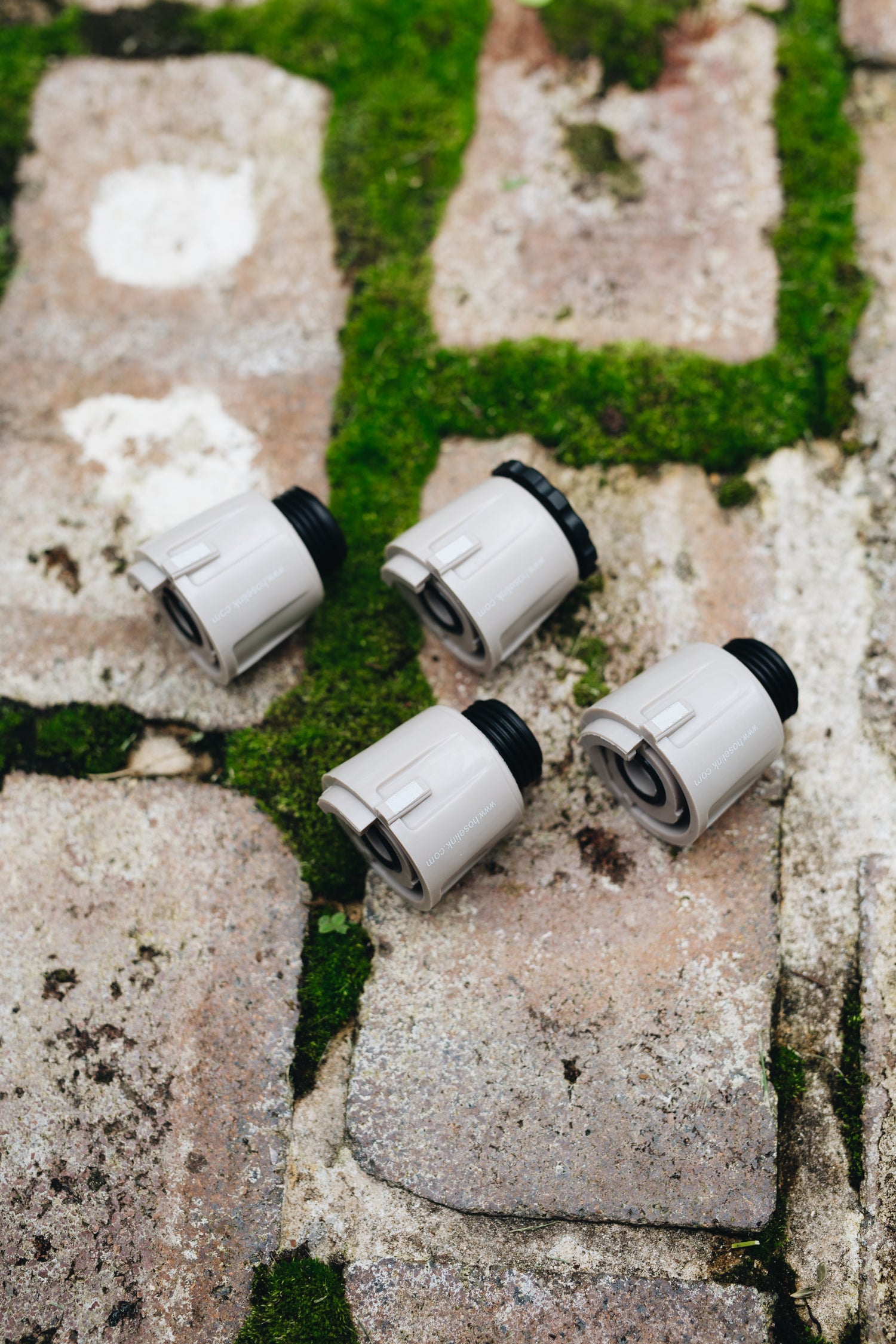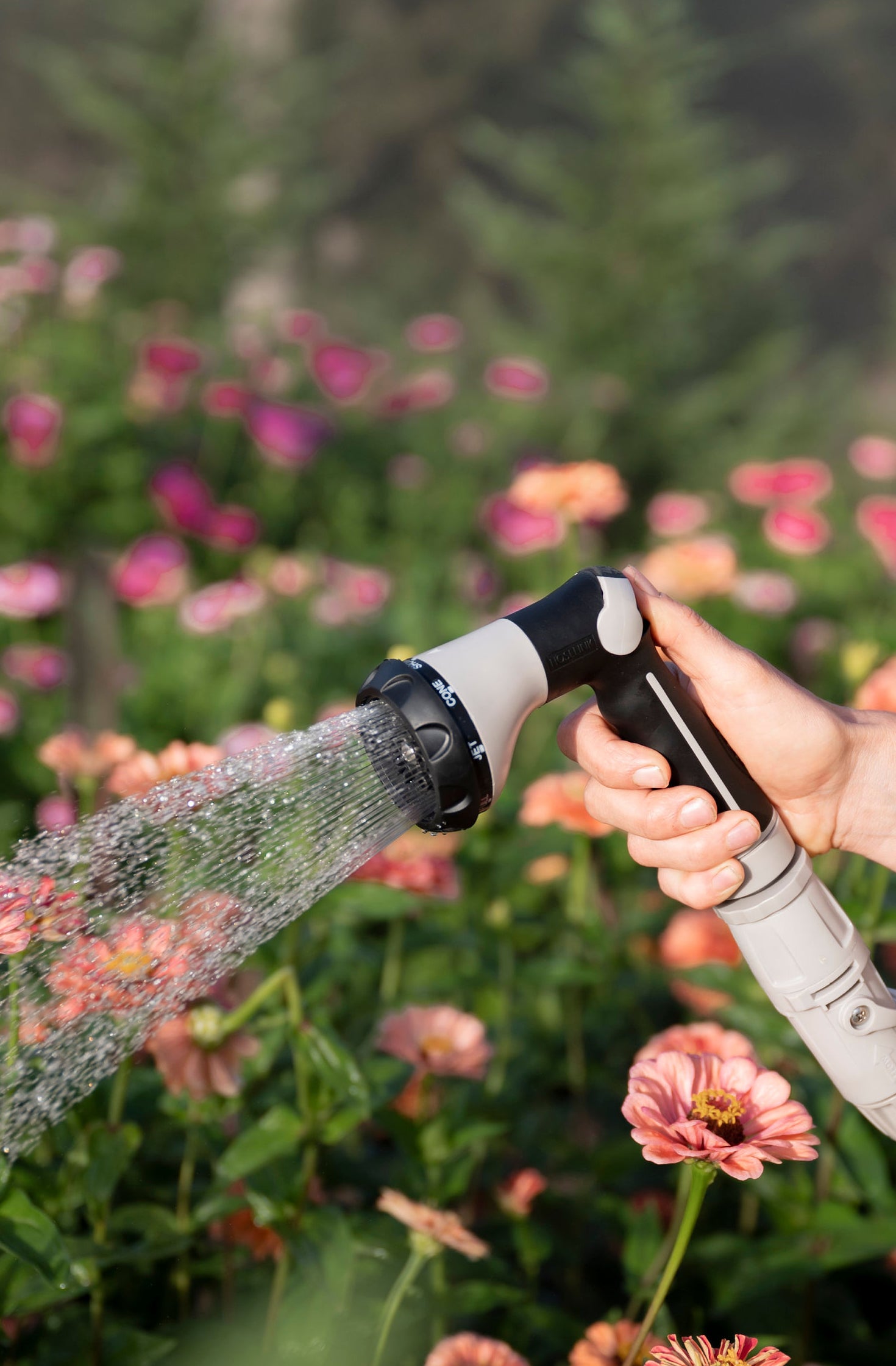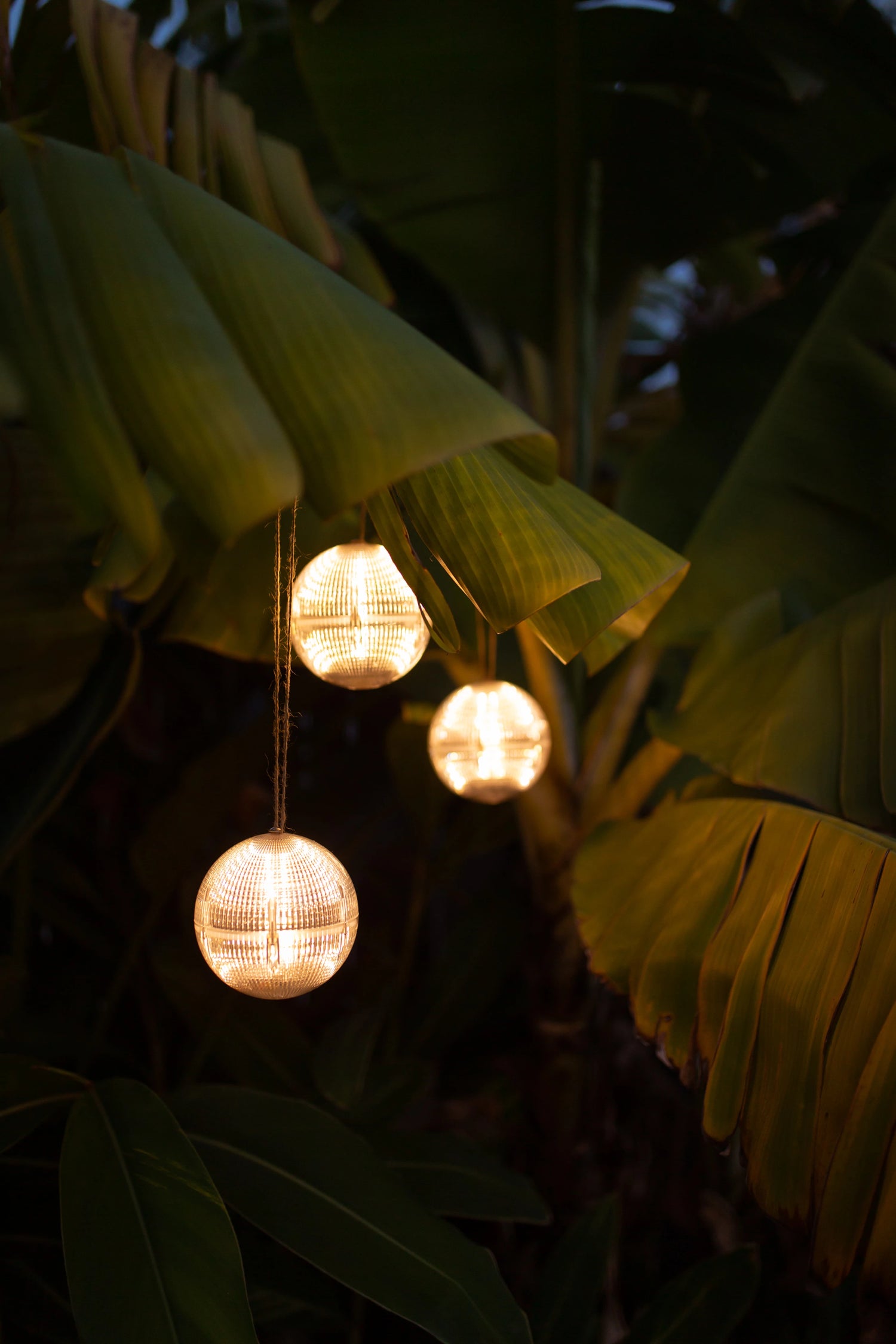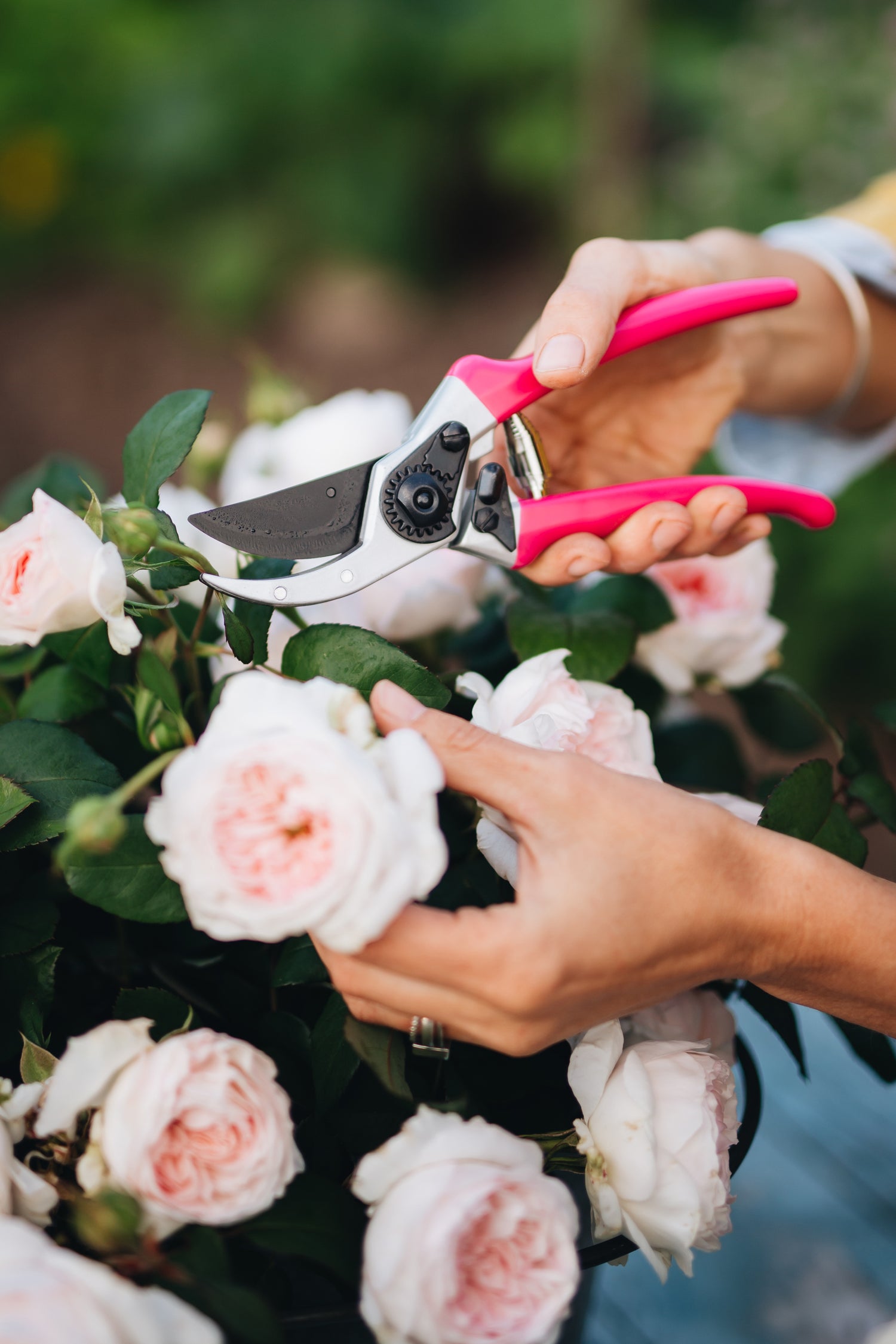You just mowed the lawn and now you're staring at a pile of fresh, green... yard confetti? Before you bag it up and toss it to the curb, hold up. Grass clippings are garden gold, and tossing them is like throwing away a free upgrade for your backyard. Whether you're a seasoned green thumb or just trying to keep the HOA off your back, we've got seven clever, eco-friendly ways to reuse that grassy goodness.
Meet the Mighty Grass Clipping: More Than Just Lawn Leftovers
Let’s get one thing straight — grass clippings are not trash. They’re a nutrient-rich powerhouse that can do everything from feeding your soil to fighting weeds. When untreated by chemicals, clippings contain about 4% nitrogen, 2% potassium, and 1% phosphorus. That’s like a multivitamin for your garden.
Yet many homeowners still toss them out like they’re nothing more than green fuzz. Instead of sending them to a landfill to rot and release methane, let’s show your lawn leftovers the respect they deserve.
1. Mulch Like You Mean It
Mulch is a gardener’s secret weapon, and grass clippings are one of the easiest and cheapest ways to do it. Just spread a thin layer of fresh or dried clippings around flower beds, veggie patches, or even fruit trees. They help lock in moisture, regulate soil temperature, and smother those pesky weeds.
Important note: Don’t go overboard. A thick mat of fresh clippings can create a smelly, slimy mess. Let them dry for a day or two before mulching to keep things tidy and breathable.
Want to water less and mulch smarter? Take a look at Hoselink’s Weeper Hose (50ft). It pairs perfectly with mulched garden beds.

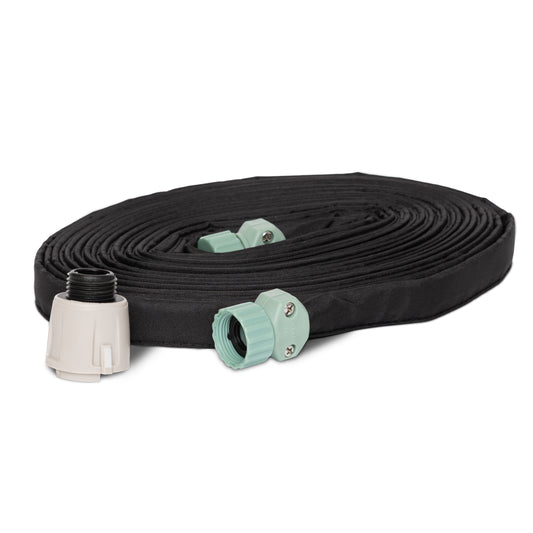
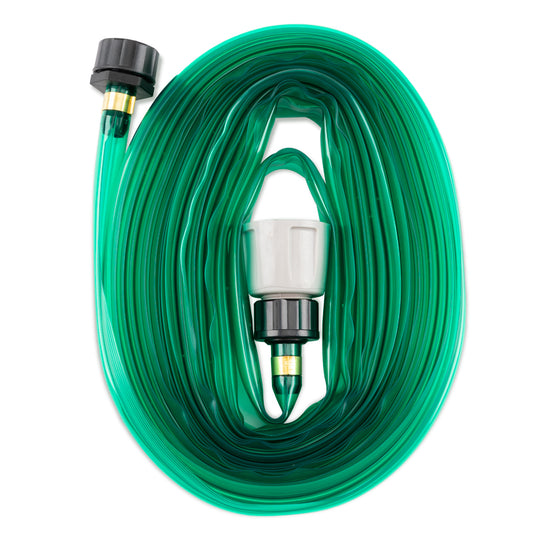
2. Compost Like a Champion
If you’ve got a compost bin, grass clippings are your new best friend. They're rich in nitrogen and work beautifully when layered with carbon-heavy "browns" like leaves, cardboard, or shredded newspaper.
Don’t dump a whole lawn’s worth into your bin all at once. Mix clippings in and keep the pile aerated to avoid unpleasant smells. If your lawn has been treated with herbicides or pesticides, let the clippings sit for a few weeks before composting to avoid contaminating your pile.
Looking for a handy grass clippings carrier? Try the Hoselink Heavy Duty Planter Bag. It’s durable, easy to manage, and ideal for collecting grass clippings to turn into rich, garden-boosting soil.
3. Grasscycling: Yes, It’s a Thing
If you’ve never heard of grasscycling, you’re not alone. But trust us, it’s one of the easiest lawn-care wins out there. Grasscycling is the practice of leaving grass clippings right on the lawn after mowing. No bagging, no hauling, no stress.
Here’s the kicker — the clippings break down quickly and return nutrients directly back into your soil. That means less fertilizer, fewer waste bags, and a healthier lawn with minimal effort. Just make sure your mower blade is sharp and don’t mow when the grass is wet or too long, or you’ll end up with clumps that smother the lawn.
It’s lazy gardening at its finest, and your lawn will thank you for it.
4. Feed the Chickens (or the Worms)
Got backyard chickens? They love a little grass clipping buffet. Just be sure the grass hasn’t been treated with any chemicals, and serve it up in moderation — too much fresh green can upset their diet. They’ll scratch through it, nibble away, and help turn it into compost with their own unique contributions.
If you’re more of a worm bin kind of gardener, clippings can be a nice addition there too. Just pre-dry them slightly and mix with shredded paper or dry leaves to keep things balanced. Worms appreciate a good mix of soft greens and crunchy browns, much like any picky eater.
Whether it's feathers or slime trails, someone in the backyard will be happy you didn’t throw those clippings away.
5. Garden Pathways and Weed Suppression Hacks
Here’s a clever little trick: use dried grass clippings to line garden paths or walkways. They create a soft, natural ground cover and help suppress weeds in between stepping stones or in high-traffic garden areas.
The key word here is dried. Fresh clippings can get soggy and slippery, which isn’t exactly the look we’re going for. Let them sit out for a day or two in the sun, then spread a thin, even layer.
This is also a great low-cost way to smother weeds around the base of raised beds or between rows in your veggie garden. Just remember to top it up every so often — grass clippings break down faster than bark mulch, but that’s part of their charm.
While you're working on your pathways, why not add a little evening magic? Hoselink’s Solar Pathway Lights are a simple and stylish way to light up your garden walkways. They’re solar-powered, weather-resistant, and make your garden glow long after the sun goes down.

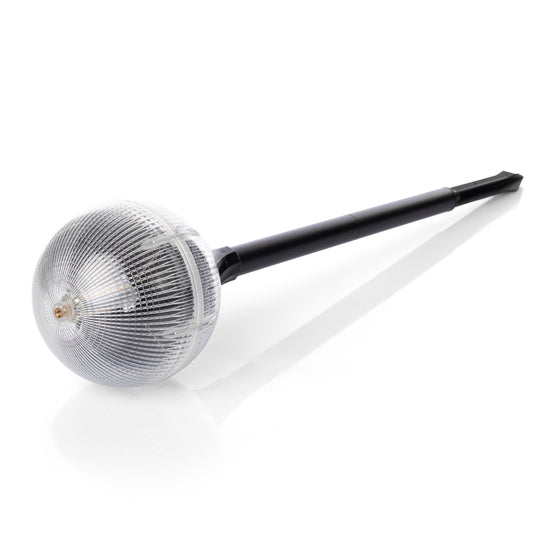
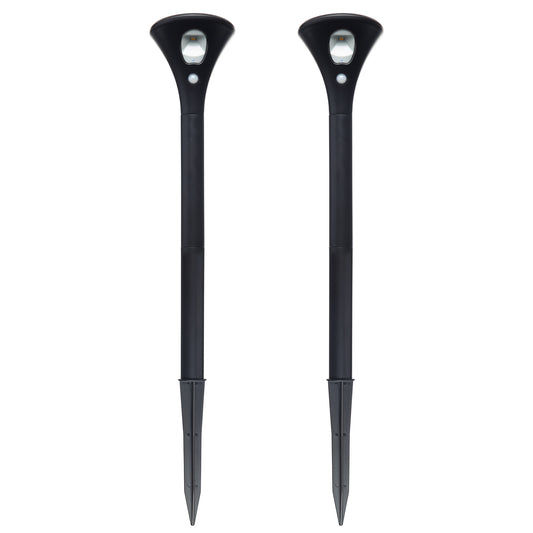
6a. Lawn Fertilizer That Costs You Nothing
This might be the easiest win of them all. Leaving your clippings on the lawn after mowing — aka grasscycling — acts as a natural, free fertilizer. The clippings decompose quickly and feed your lawn with nitrogen, helping it grow greener and stronger without store-bought products.
Here’s a pro move: if you’re using a mower with a mulching blade, even better. It chops the grass finely so it sinks down into the soil more easily, disappearing within a day or two and releasing nutrients right where your roots want them.
It’s like giving your lawn a green smoothie full of everything it loves, and you didn’t even have to lift a bag.
6b. DIY Liquid Fertilizer: Green Tea for Your Garden
Feeling a little crafty? You can turn grass clippings into a potent liquid fertilizer, often called “compost tea” or “grass tea.” It’s basically a garden tonic that delivers a quick hit of nutrients right to the soil or plant leaves.
How to make it:
- Fill a bucket or bin about one-third full with fresh grass clippings.
- Top it off with water, stir, and let it sit for three to five days.
- Strain the liquid and dilute it 1:1 with fresh water.
- Apply to your garden beds or lawn using a watering can or hose-end sprayer.
Just avoid using it on edible leaves like lettuce unless you know the grass was untreated. And give the mix a sniff test before applying. If it smells like swamp, it’s gone too far.
Want a handy tool for easy application? Try the Hoselink's Fertilizer Sprayer to make feeding your plants a breeze.

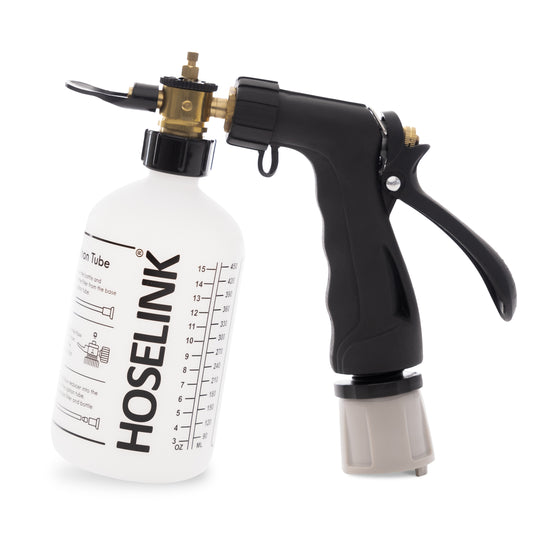
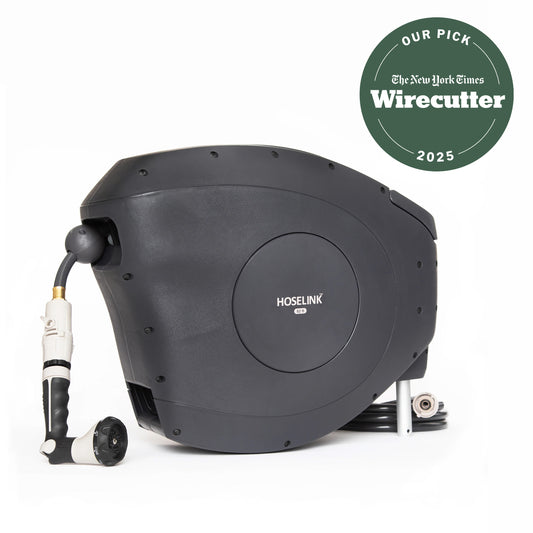
Classic 100ft Retractable Hose Reel | Charcoal
7. Power Up Your Raised Beds
Starting a new raised bed? Grass clippings make an excellent base layer. Use them as part of a lasagna-style layering system, alternating with straw, leaves, compost, and topsoil.
As the clippings break down, they’ll add nutrients to the soil and help create healthy microbial activity. This layering technique, similar to hugelkultur, improves drainage, structure, and fertility over time. Just be sure not to overload the bottom layer with too much fresh material, or you’ll end up with anaerobic mush.
Seasonal Tips: What to Do With Grass Clippings Year-Round
Your grass output changes with the seasons, and so should your strategy:
- Spring: Clippings are abundant and lush — perfect for composting or mulch.
- Summer: Dry them out and use them in paths or weed suppression.
- Fall: Mix with fallen leaves for an ideal compost blend.
- Winter: Store dried clippings in bags for use next season, or layer them into new beds before frost hits.
Adapt your use based on weather and yard needs, and you’ll never waste a clipping.
Where Not to Dump Your Grass Clippings
Let’s get this out of the way — dumping your grass clippings in the woods, by a creek, or behind the shed isn’t “natural disposal.” It’s littering, and in many places, it’s illegal. Grass clippings might seem harmless, but when not dealt with correctly they can contribute to water pollution, encourage invasive weeds, and create anaerobic decay that’s far from eco-friendly.
Landfilling is another no-go. It not only adds to waste problems but creates methane as it breaks down without oxygen — not exactly helping the planet breathe easier.
If you're truly out of options, check with your local council or municipality. Many areas offer yard waste pickup or designated composting drop-off sites. Better yet, reuse those clippings at home and turn waste into garden gold.
Common Mistakes to Avoid
Even good intentions can go wrong if you’re not careful. Avoid these common grass clipping slip-ups:
- Using clippings treated with herbicides or pesticides in compost or veggie gardens.
- Piling clippings too thick, which causes smothering and odor.
- Applying wet, fresh clippings directly as mulch.
- Ignoring the carbon-to-nitrogen balance when composting.
A little planning goes a long way in making your clippings work for you instead of against you.

FAQ: All Your Grass Clipping Questions Answered
- Can I leave grass clippings on the lawn every time I mow?
Yes, as long as you mow regularly and the grass isn’t too long or wet.
- Do grass clippings attract pests?
If left in wet clumps, yes. But properly dried or composted clippings are pest-neutral.
- Are grass clippings safe for vegetable gardens?
Absolutely — just make sure they haven’t been chemically treated.
- Can I use my clippings if the grass has weeds?
Proceed with caution — as you don't want to further spread the seeds for germination in a new part of your yard. Greencycling a lawn that has weeds will only compound your weed problem. Weed first, greencycle later.
Final Thoughts: From Trash to Garden Treasure
Grass clippings don’t belong in the trash — they belong in your garden, your compost bin, your pathways, and your plants. With a little creativity and the right approach, you can turn this often-wasted byproduct into a nutrient-rich, planet-friendly resource.
So, the next time you mow, don’t think of it as a chore. Think of it as a chance to give your garden a boost, the sustainable way.



